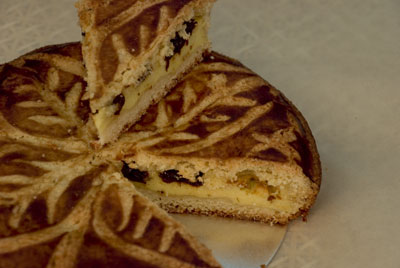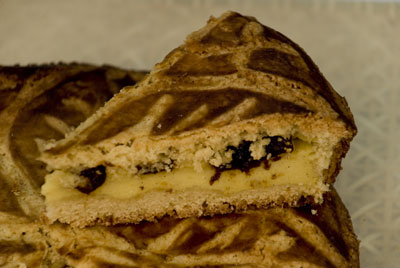Egg, dairy & nut free chocolate cake
(& about my Birthday trip to Lewes)

.
Hello there everyone! I’ve been away from posting on the blog for sometime haven’t I…? Sorry (tell me you missed me) ^^.
.
It’s because I haven’t had any exciting desserts to post about!
Since I gave birth, I’m feeling just plain flabby. I hate hate hate it (I can’t even face looking at the full-length mirror), & so I have been staying away from making & subsequently scoffing sugary desserts. Call me vain, sometimes vanity overrules appetite, even if it’s for my passion for cakes! Hope you understand…
.
Wednesday two weeks ago was my birthday (32!), & so in that following weekend, we decided to drive to Lewes (a small town in SE England) to stay over at our friends L & W’s place as a special birthday treat. Loyal blog-readers would know that I tried & miserably failed to reach Lewes last year, but hurray! this time we managed to get there no problem, & in just over 2 hours!
.
Our friends L & W has a beautiful daughter who has serious allergy to egg & nuts. If she were to accidentally eat any of these ingredients, it could be life threatening for her. It must be tough for the whole family when you ALWAYS have to check the ingredients list on the back of products, & to tell your toddler that some products are not for her to eat, when other kids can.
.
I made the mistake of boasting to the family about my son’s wonderful strawberry toothpaste, that it is the only one my son likes. Their daughter wanted to try, & we were about to let her, when our friend spotted that the toothpaste has horse chestnut listed in its ingredients… It was a total shock, & then horror moment for me – that a toothpaste had nuts as an ingredient, & that I could have made their little girl very ill.
.
It didn’t occur to me that a non-food product could also be dangerous for her. I was then told that even a small amount of nut-oil that happened to be hidden in the hand moisturizer that her mummy was using would swell up the little girl’s hands by contact.
.
So it is no surprise that her house is a ‘egg & nut free haven’. And that we were treated to foods under that rule.
.
Soon as we arrived, L made us beautiful lunch – & while we were eating it in their country-side garden, L had a chocolate cake baking in the oven. The delicious smell wafted & lingered in the air. Ahhh…, I love home-baking. Nothing like the excitement of straight-from-the-oven cake for dessert. But when L told me it’s Vegan, & that it uses vegetable oil & vinegar as replacements to butter & eggs, I felt a little wary & my excitement deflated. I felt deprived of “the real thing”. Butter & eggs gives cakes flavour, so replacing them didn’t sound at-all apetizing.
(The science: Mixture of vinegar & the bicarbonate of soda creates carbon dioxide gas & raises the cake as it tries to escape out. (you can inflate a balloon this way!) And as for the inclusion of vegetable oil: it is 100% fat in replacement of the fat from the butter that you would’ve used. Butter has atleast 80% milk fat.)
.
BUT to my surprise, it was totally TASTY! It was super moist & airy too. And you know what? I can even go as far as to say that I rate the “moist-ness” better than any other chocolate cake I’ve tasted in years (except for my very own ‘Moist Chocolate Cake’ from my stall ofcourse! ^^). And that is a big statement coming from a cake-fanatic like myself. I must say though, that it lacks in the depth of chocolate flavour, but eating it with the ganache filling sorts that problem out.
.
So here is the recipe that I scribbled from L’s copy of “Allergy-free Cookbook” by Alice Sherwood. (The recipe book gets a big thumbs up from L who says every recipe in it is really good.) I took the liberty of changing the measurements around a bit to make it slightly more chocolatey, & less oily. I replaced the castor sugar it suggests to light brown sugar for the molasses flavour. Oh, & converted the there-abouts ‘tablespoon & teaspoon’ measurements to proper & precise grams n’ milliletres!
.
The book gives you a choice of either spreading chocolate ganache cream or chocolate buttercream (both dairy-free). Both cream recipes are at the end of this post. The chocolate buttercream was a bit too sweet for me, but it was popular with children. The amount of sugar together with the sugary cake scares the heck out of me though… – I suggest if you’re going to serve this cake to grown-ups, go for the ganache.
.
Please bare in mind though that if you’re going for the ganache option, nut-free chocolate may be hard to obtain. Most Confectioners use nuts in many of their products, & they might be using the same production-line to make products without nuts in the ingredients. This is where the problem for people with nut-allergy lies. Pretty much all the chocolate bars on the market may have traces of nut, or nut-oil.
.
Thankfully there is a UK-based company Kinnerton who produces guaranteed nut-free chocolate products. It is apparently sold in selected Sainsbury, Asda, Tesco, Morrisons & Waitrose stores. Or you can buy in bulk directly from them too. Kinnerton has really gone the extra mile to manufacture nut-free products by allocating nut-free zones, as well as following strict safety measures to keep it nut-free. Read all about how they did it on their website.
.
There are a few moderations I’ve made to the recipe:
- Vinegar is to be added as the very last ingredient. – It’s to delay it reacting with the soda. You should get the maximum rising-power out of it that way.
- I’ve included cherries & jam. – Our friend L spread fruit jam in-between the layers & mixed cherries in to the cake, which I thought really made this extra special.
- I propose using apple cider vinegar instead of white vinegar as the book suggests. – Apparently the concentration of acidity is stronger, & without any scientific background, I’m hoping it’ll react even more with the soda & produce a fluffier sponge. – It’ll add a tiny bit more flavour to the cake too. And did you know that cider vinegar is good for treating sore throat? – Hey! A cake that’s good for illness? Now we’re talking!!
- And optionally, you can add a splash of Kirsch cherry liquor in to the ganache to add to the cherry theme!
.
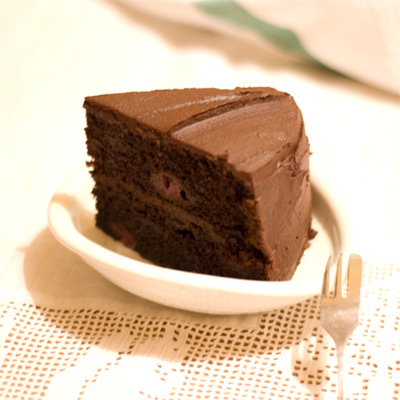
x x x x x x x x x x x x x x x x x x x x x x x x x x x x x x x x x x x x
.
Egg, dairy & nut free chocolate cake Recipe:
(serves 10-12)
.
Ingredients for the sponge:
- 330g of plain flour
- 400g of light brown sugar
- 12g of Bicarbonate of Soda
- 65g of nut-free cocoa powder
(Note: check the back ingredients list to make sure it is nut-free. Cocoa powder is often made in chocolate factories that also handle nut products.)
- 2g of salt
- 450ml of unsweetened soya milk
- 90ml of corn or other nut-free vegetable oil, plus extra for greasing
(Note: don’t use olive oil as its flavour is too distinct)
- 23ml of white vinegar
- 7ml of vanilla extract
- A large tin/ jar of pitted cherries
- Fruit jam of your choice (cherry, apricot, strawberry, raspberry, etc)
.
You’ll need:
- 2 x 20cm (8 inch) round baking tins
.
Method for the cake sponge:
- 1. Pre-heat oven to 180C (350F, gas mark 4).
- 2. Grease both tins with oil. (No need to line it with grease-proof paper. The oil on the tin & the oil from the cake is sufficient enough lubricant for de-moulding the cakes.)
- 3. Sift together the dry ingredients in to a bowl: flour, sugar, bicarbonate of soda, cocoa powder & salt. (The light brown sugar tends to clump, so please don’t skip sifting!)
- 4. Mix together the wet ingredients in another bowl: soya milk, oil, & vanilla extract.
- 5. Mix wet ingredients to the dry ingredients.
- 6. Stir in the cider vinegar.
- 7. Divide mixture in to two greased tins.
- 8. Spread evenly.
- 9. Evenly scatter the cherries on top of the batter. Here make sure you don’t place any cherries in the centre – this way you’d be able to cut a clean slice with a straight angle when serving.
- 10. Bake for 40 minutes, until it rises, & is firm to the touch.
- 11. Cool in the tin for 10 minutes, & then turn out on to a wire cooling rack ( – I like to cool it upside down, so that the domed top becomes flat surface perfect for icing). Cool completely.
- 12. Make the dairy-free ganache or the chocolate buttercream using the recipe below.
- 13. Place one sponge upside down on the stand/ platter on which you’re going to present on.
- 14. Slather jam of your choice.
- 15. Use spatula to spread 5mm thickness or so of the ganache/ buttercream.
- 16. Pop the other sponge on top.
- 17. Artfully (painterly) slather the rest of the ganache/ buttercream on the top & the sides.
.
x x x x x x x x x x x x x x x x x x x x x x x x x x x x x x x x x x x x
.
Ingredients & method for the dairy-free ganache:
- 150ml soya cream (in place of double cream)
- Nut-free & dairy-free dark chocolate 200g
- 100g castor sugar
- 7ml Kirsch cherry liquor
Method: Bring soya cream & sugar to simmering point & pour over the finely chopped chocolate. Mix gently with spatula (If the chocolate has not fully melted, zap it in the microwave 10 seconds at a time until melted). – Use immediately.
.
Ingredients & method for the dairy-free chocolate buttercream:
- 175g dairy-free spread
- 400g icing sugar
- 90g of nut-free cocoa powder
- 10g of vanilla extract
Method: Cream the dairy-free spread to thoroughly soft. Add vanilla extract & mix. Slowly & gradually add icing sugar & cocoa powder until creamy and smooth in texture. Use immediately.
.
x x x x x x x x x x x x x x x x x x x x x x x x x x x x x x x x x x x x
.
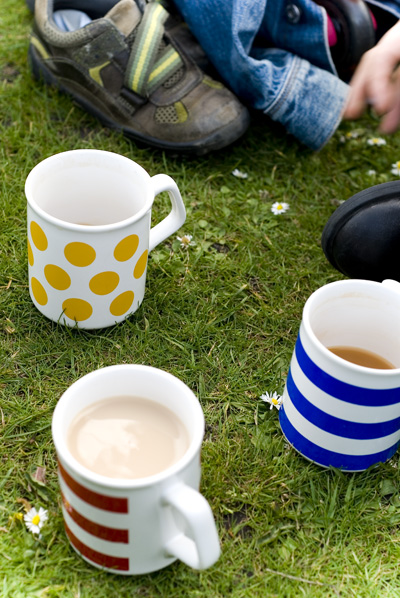
(In Lewes, we visited Southover Grange gardens. I was extremely happy to get a proper porcelain mug (& not the usual paper throw-aways with plastic lids) for my Rooibos tea from their kiosk! And how wonderful that everyone dutifully returns it to the kiosk when they finish! (if this was a park in London, more than half would probably disappear I’m sure…) – It reminds me of drinking Glühwein from a porcelain mug at a German Xmas market, but only you’d have to pay extra first, & you’d get a little money back if you return the mug!)

(From left: Me, L, cutie girl I, W, & my boy upside down. And in the right picture, my daughter S asleep.)


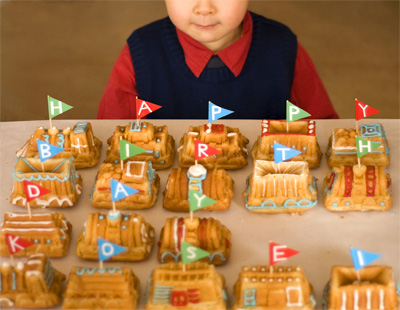
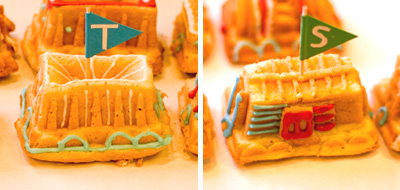
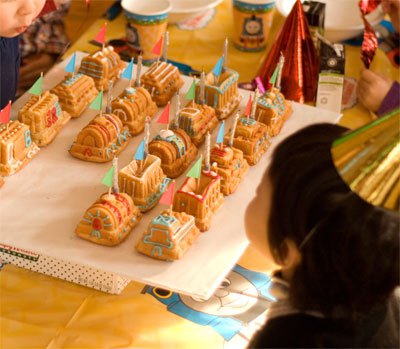

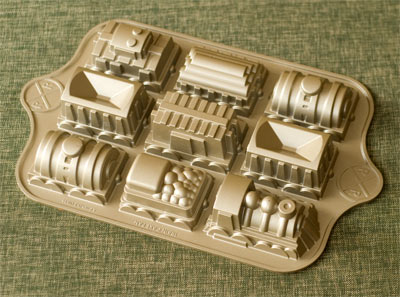
 (It’s the most creamiest, & yet most delicate Crème Caramel I’ve ever tasted in my life!)
(It’s the most creamiest, & yet most delicate Crème Caramel I’ve ever tasted in my life!)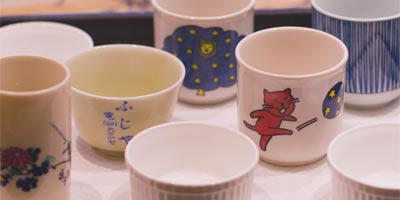 (I didn’t have molds that were all the same, so I used my collection of Japanese tea cups instead! – The two illustrated ones are from my childhood. And the one with the writing is a soba (buckwheat noodle) sauce dish that my parents brought over from Japan over 25 years ago!)
(I didn’t have molds that were all the same, so I used my collection of Japanese tea cups instead! – The two illustrated ones are from my childhood. And the one with the writing is a soba (buckwheat noodle) sauce dish that my parents brought over from Japan over 25 years ago!)
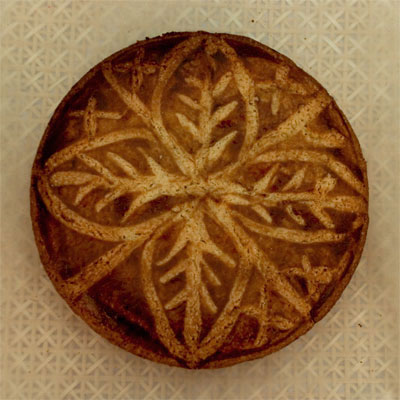 (Picture taken at the stall table. РThe patterned background?? I recently started to use woven wooden placemats bought from Ikea & baking paper on top to display my cakes, instead of cake cooling racks!)
(Picture taken at the stall table. РThe patterned background?? I recently started to use woven wooden placemats bought from Ikea & baking paper on top to display my cakes, instead of cake cooling racks!)